Sandgate Castle
This Tudor-era castle was once part of King Henry VIII's plan to protect England from invasion.
This entry is a stub
Hidden in plain sight along the seafront promenade of Sandgate is a small castle, that despite its diminutive size, has a massive history. This edifice was constructed during the Tudor period. This medieval castle was besieged during the English Civil War, modified as a “Martello tower” during the Napoleonic Wars, and used by locals as a bomb shelter during World War II.
The original castle was built around 1540 by the forces of King Henry VIII in response to threats made to England by France and the Holy Roman empire. In response to the threat of invasion, a series of fortified structures were constructed. The castles featured a circular keep and towers. Many were constructed along the vulnerable Kentish coast. These new types of castles, known as a device forts, allowed for a greater array of artillery to be deployed. It’s estimated that the Sandgate castle maintained 142 firing points for cannons and handguns.
Although the invasion feared during the rule of Henry VIII never came, the castle was occupied by troops and updated during the reign of his daughter Elizabeth I. This was largely in response to the ongoing war with Spain. A little less than a century later during the turbulent years of the English Civil War, the castle was besieged and occupied by both royalists and parliamentarian troops.
With the outbreak of the Napoleonic Wars during the 19th-century, the shabby ruins of the castle were extensively redesigned by the British army, who feared a French invasion. This included reducing the height of the castle and transforming its keep into a “Martello tower” that was resistant to the impact of cannon fire. It was also ideal for housing a small number of heavy artillery weapons.
During the 20th-century, the castle continued to play a localized role in the defense of the Kentish coast and protection of the local population. The last known use of this fortification was by residents of Sandgate seeking shelter from German bombing raids.
Know Before You Go
The interior of Sandgate castle is not open to the public, however, the structure can be seen for free along the town's seafront.

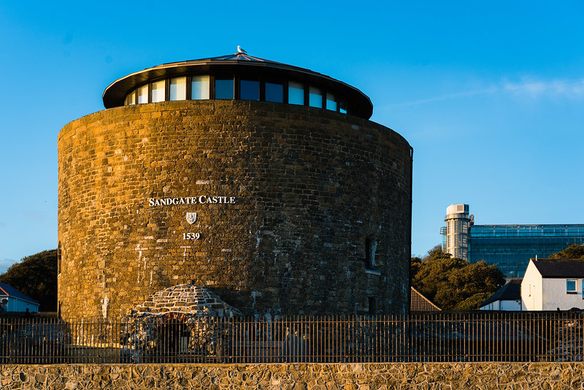


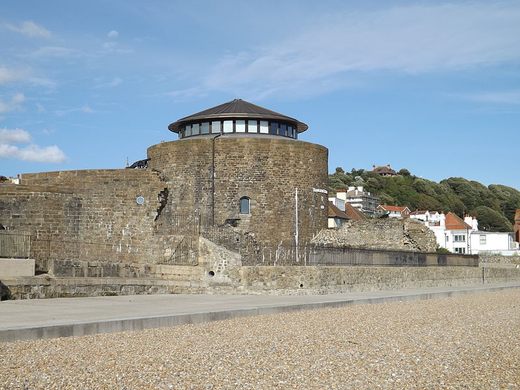
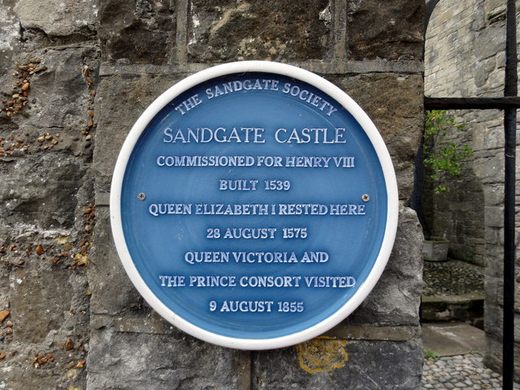
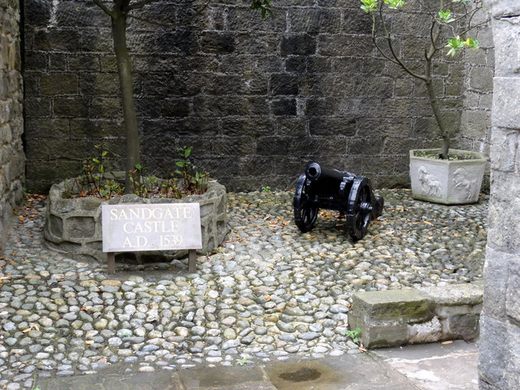









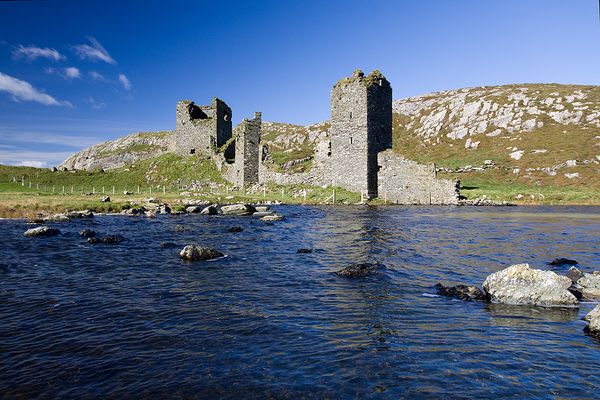
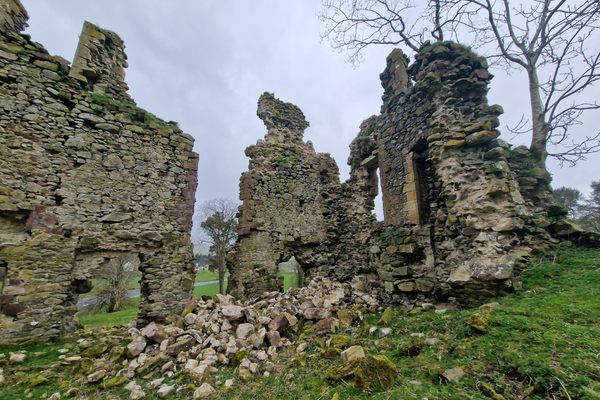


Follow us on Twitter to get the latest on the world's hidden wonders.
Like us on Facebook to get the latest on the world's hidden wonders.
Follow us on Twitter Like us on Facebook